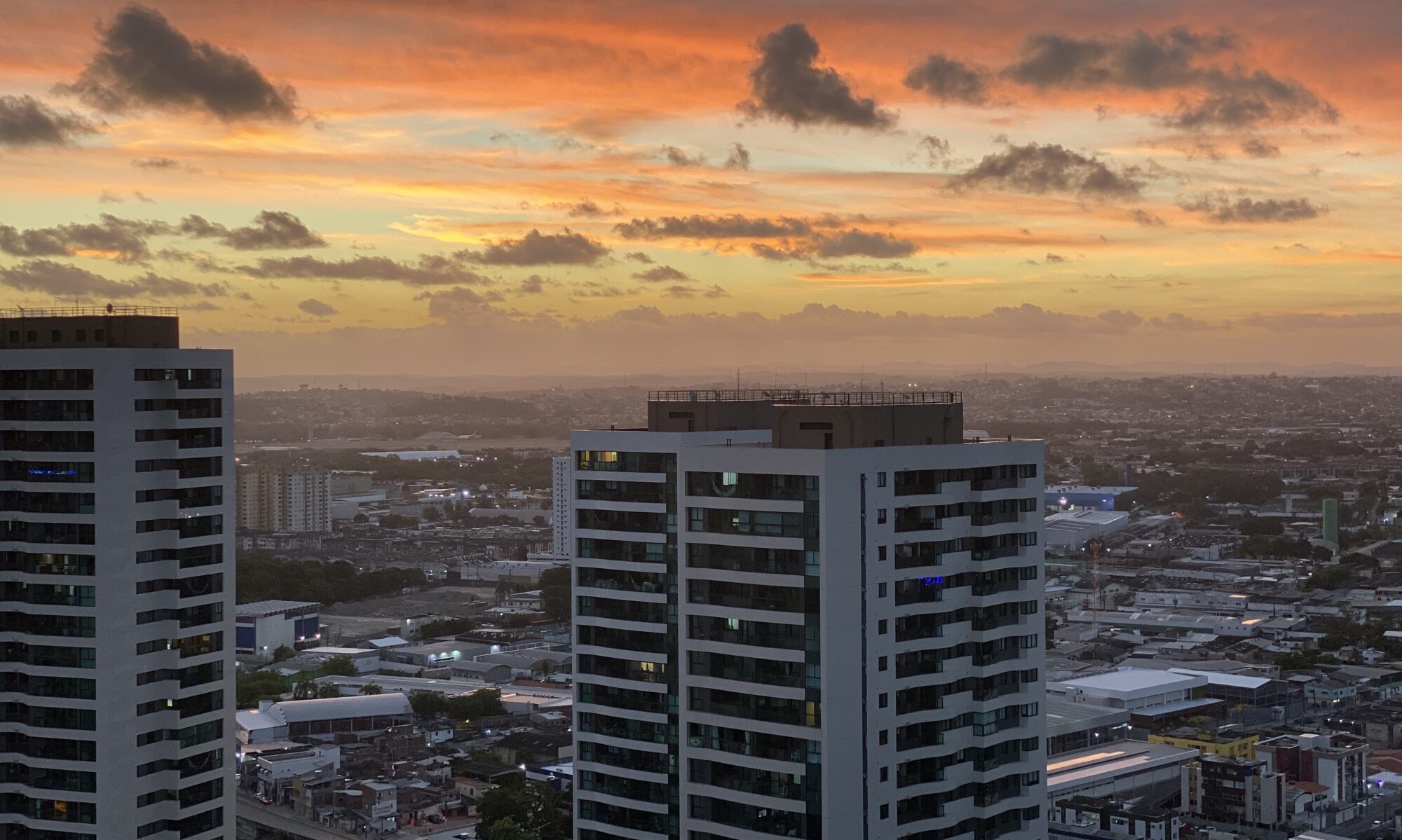The scene of bloody wars against the Dutch who occupied the region for more then two decades, Pernambuco is a state which has witnessed some of the most stirring episodes of Brazilian history. The state still retains traces of the period in which it grew wealthy thanks to sugar cane, and the capital, Recife, is a perfect synthesis between old and new. In its streets and buildings, the colonial past mixes with a modern metropolis.
Near the capital, the picturesque Guararapes National Historic Park provides reminders of great territorial disputes. Vila Velha and the Orange Fort on Itamaracá island are two of the most expressive relics of the Dutch occupation of Pernambuco. There, thirteen cannons pointing out to sea and the colonial architecture of the church and the old houses stand on the scene of seventeenth century battles between Portuguese colonists and the Dutch invaders. In Goiana, churches, monuments and old mills are a reminder of the golden age founded on the sugar growing industry.
Olinda was the first capital of Pernambuco. It was burned down by the Dutch and later rebuilt, and is considered one of the cradles of Brazilian culture. This fact and its architecture, so typical of the colonial period, led Unesco to list it in 1982 as a World Heritage Site. Its imposing churches and monasteries show the modern onlooker something of the rich and dynamic cultural life of the period. The old city is built on seven hills and a walk through its steeply inclined streets is an enchanting experience. Olinda always was and still is synonymous with the avant garde, irreverence and bohemianism. The bars and restaurants, where one can try regional dishes, give the old capital a lively night life and harmonise with the Gregorian chant of the convents, the moonlight serenades and the animation of one of the most enjoyable Carnival celebrations in Brazil.
The modern culture of Pernambuco was formed by a mixture of traditions of African, Indian and European origin. The cultivation of sugar cane, the great mansions and the slave quarters, the fantastic nature, the conquest of the semi-desert regions of the sertão, all these have contributed to form a rich cultural crucible, which is reflected in the literature, music, painting, arts and crafts, dances, beliefs and even the spices of the local cuisine. Traditions are preserved and religious feasts attract huge crowds. The greatest expressions of Pernambucan folklore are the dances and the rhythms of the music, such as the Maracatu (Carnival procession), the Quadrilha, the Ciranda and the Fandango. None of these, however, is as associated with Pernambuco as the Frevo.
The state has popular or religious festivals almost the whole year long. During Lent, Nova Jerusalem, 180 kilometres from the capital, stages a Passion Play in the largest open air theatre in the world. The production calls for no less than 500 actors enacting 60 different scenes in an area of 70,000 m² to an audience of 80,000 people, who become extras in the cast. In June, Forró takes hold of Pernambuco. The centre of the party is the town of Caruaru, where accordionists play, bonfires are lit and a lot of traditional food is eaten.
Pernambuco is a dynamic art centre and has produced many painters, sculptors, designers and craftsmen, such as João Camara, Francisco Brennand, Lula Cardoso Ayres, Cícero Dias, Abelardo da Hora and Vitalino Pereira dos Santos, considered one of the greatest modellers of clay figures and scenes. The state is also the birthplace of the writer Gilberto Freire, author of one of the classics of Brazilian history, “Casa Grande e Senzala”, and of poets such as Manuel Bandeira and João Cabral de Melo Neto.
As the second largest economy in the North East region, exceeded only by Bahia, Pernambuco’s GDP was around R$ 17 billion, equivalent to that of Chile and higher than countries like Paraguay and Uruguay, Brazil’s partners in Mercosul. The sugar industry has been the most important of any state in Brazil from colonial times until the beginning of this century, but Pernambuco is now undergoing rapid changes. Sugar cane still accounts for 40% of the economy of the state, but its share has been shrinking as other agricultural, industrial and service activities become more important.
The tertiary sector has involved the largest number of people and the greatest production, especially commerce and finance, representing 21% and 25%, respectively, of the state GDP. Manufacturing industry has also grown and accounts for 25% of the state’s total production. Diversification has been the keynote in this sector, with traditional activities (textiles and food) losing ground in the Value of Industrial Transformation Index, from almost 60% to 35% between 1960 and 1985, according to the Brazilian Institute of Geography and Statistics (IBGE). This diversification has resulted in the development of industries producing chemicals, electronics, communications, machinery, metallurgy, plastics, drinks, clothing and shoes.
In the 1990s, tourism, irrigated agriculture and the Port Complex of Suape have all contributed to boosting the Pernambucan economy even more. The biggest project for tourism is the Costa Dourada project. The project represents a partnership between private enterprise, the federal government and the state governments of Pernambuco and Alagoas, and aims to provide the necessary infrastructure for the stretch of coastline between Cabo de Santo Agostinho (south of Pernambuco) and Barra de Santo Antonio (north of Alagoas), in order to exploit the natural tourist potential of the region.
In the valley of the São Francisco river, the longest river entirely within Brazilian territory, irrigated agriculture is revolutionising productivity and production of fruits and vegetables. Tomatoes, onions, grapes, mangos and melons produced in the area represent half the value of the traditional sugar – alcohol industry, and grapes grown in Pernambuco are now exported to Europe. The area of irrigated agriculture benefits in terms of infrastructure from the river port of Petrolina, on the banks of the São Francisco river.

